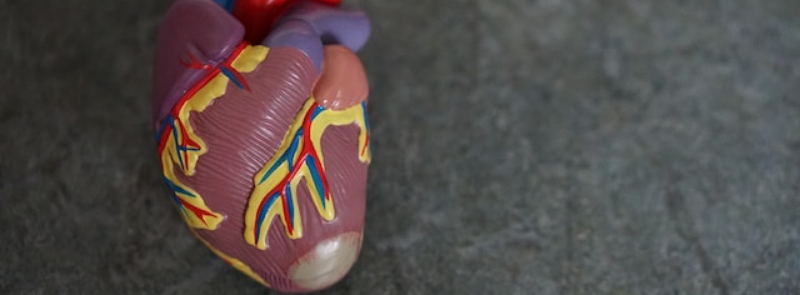
When It Occurs
Every February 14th
Timeline
Days Passed (1049)
# Hashtags
#NationalOrganDonorDay #SaveALife
National Donor Day, recognized on February 14th in the United States, aims to heighten awareness about the critical need for organ, tissue, bone marrow, platelets, and blood donations. The initiative seeks to inspire more individuals to become donors.
As of March 2022, the national transplant waiting list in the United States exceeded 105,000 patients, all awaiting life-saving organ donations. This number continues to rise. Notably, a single organ donor has the potential to save up to eight lives. Despite nearly 90% of U.S. adults expressing support for organ donation, only around 60% are registered donors. In the case of blood donation, one contribution can save three lives, and the demand for over 38,000 daily blood donations persists. Although approximately 38% of Americans are eligible to donate blood and its components, only 2% have actively contributed.
History: National Organ Donor Day was established in 1998 by the Saturn Corporation and its United Auto Workers partners. The date was chosen to coincide with Valentine’s Day, symbolizing the concept of giving love and life. The initiative was intended to highlight the critical need for organ donors and to promote the benefits of organ and tissue donation.
Importance: The need for organ donors in the U.S. is significant. According to the United Network for Organ Sharing (UNOS), thousands of people are on waiting lists for organ transplants, and many of them die each year due to the shortage of available organs. National Organ Donor Day serves as a reminder that one donor can save up to eight lives and improve the lives of up to 75 others through organ and tissue donation.
Key Components:
-
Organ Donation: The most well-known form of donation, involving organs like the heart, liver, kidneys, lungs, pancreas, and intestines. These are usually donated after the donor has passed away, although certain organs like a kidney or part of a liver can be donated by living donors.
-
Tissue Donation: This includes the donation of tissues such as skin, bone, heart valves, corneas, and tendons. Tissue donation can improve the quality of life for recipients, such as restoring sight through cornea transplants.
-
Marrow Donation: Bone marrow donations are critical for patients suffering from blood cancers like leukemia or other blood disorders. Donating bone marrow can be a life-saving procedure for the recipient.
-
Blood Donation: Blood and platelet donations are also crucial, especially for patients undergoing surgeries, cancer treatments, or trauma care.
How It’s Observed:
-
Registering as an Organ Donor: Individuals are encouraged to sign up as organ donors through state registries or the national registry.
-
Spreading Awareness: Various organizations, including hospitals, transplant centers, and nonprofits, organize campaigns, events, and social media drives to spread awareness about the need for organ donors.
-
Celebrating Donors and Recipients: Many communities and organizations hold events to honor and celebrate organ donors and recipients. These events often include testimonials from people whose lives have been saved by organ donation.
-
Education and Advocacy: Educational seminars, webinars, and workshops are often held to inform the public about the organ donation process, dispelling myths and providing facts to encourage more people to become donors.
Challenges: Despite the efforts to promote organ donation, many challenges remain. These include:
-
Myths and Misconceptions: Some people hesitate to register as organ donors due to myths, such as the belief that doctors won’t try as hard to save a donor’s life, or religious concerns.
-
Cultural and Religious Beliefs: Different cultural and religious views on death and the body can influence individuals' decisions about organ donation.
-
Mistrust in the Medical System: There can be mistrust in the medical community, particularly among minority groups, which may contribute to lower donor registration rates.
Impact: National Organ Donor Day has played a significant role in increasing awareness about organ donation over the years. The day helps to encourage conversations about donation, registration, and the impact of these life-saving gifts.
How to Get Involved:
-
Register: Individuals can register to become organ donors at their local Department of Motor Vehicles (DMV) or through national registries like Donate Life America.
-
Share Stories: Sharing personal stories of how organ donation has affected lives can inspire others to consider donation.
-
Volunteer: Many organizations need volunteers to help with events, educational campaigns, and donor registration drives.
-
Donate Blood or Marrow: Those eligible can donate blood or register as bone marrow donors, helping those in immediate need.
Conclusion: National Organ Donor Day is a crucial observance that highlights the importance of organ and tissue donation. By raising awareness and encouraging more people to register as donors, the day helps to save lives and improve the quality of life for countless others.


